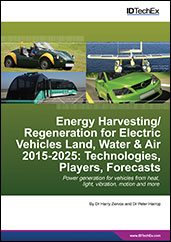Technical Paper
Use of the Save Rescue System Coordinated With Vehicle Traffic and Ambulance Security
1978-01-01
785014
An investigation by Porsche into the requirements for ambulance vehicles to be used in the next decade led to the development of the SAVE system. The system consists of a 2.8 t transport vehicle of almost arbitrary selection, an additional mechanical or hydropneumatic cushioning system incorporated in the composite construction, and a removable rescue compartment. ...This compartment is compatible with the frame of any of the SAVE ambulances. The paper first defines and evaluates the goals of the investigation. Next are discussed individual attributes of the vehicle: driving performance, driving safety, communication including warning systems (e.g. sirens, lights), and passenger safety and comfort. ...The conflicting demands of patient care, safety of personnel, and general traffic safety were uncoupled from each other by the successful adaption of the salient features of the SAVE ambulance (e.g., special cushioning system, removable rescue compartment). This allows improvements to be made in each category.




